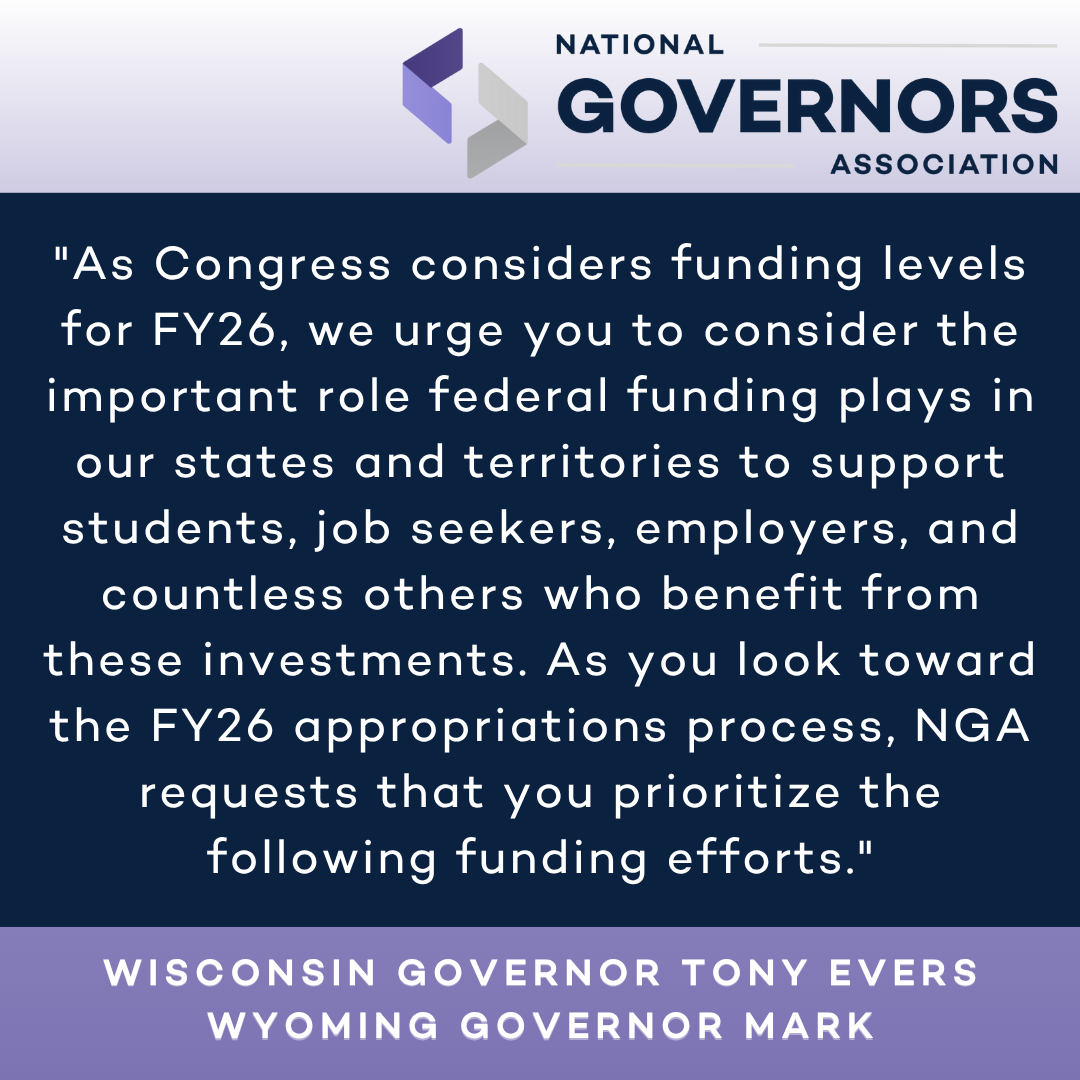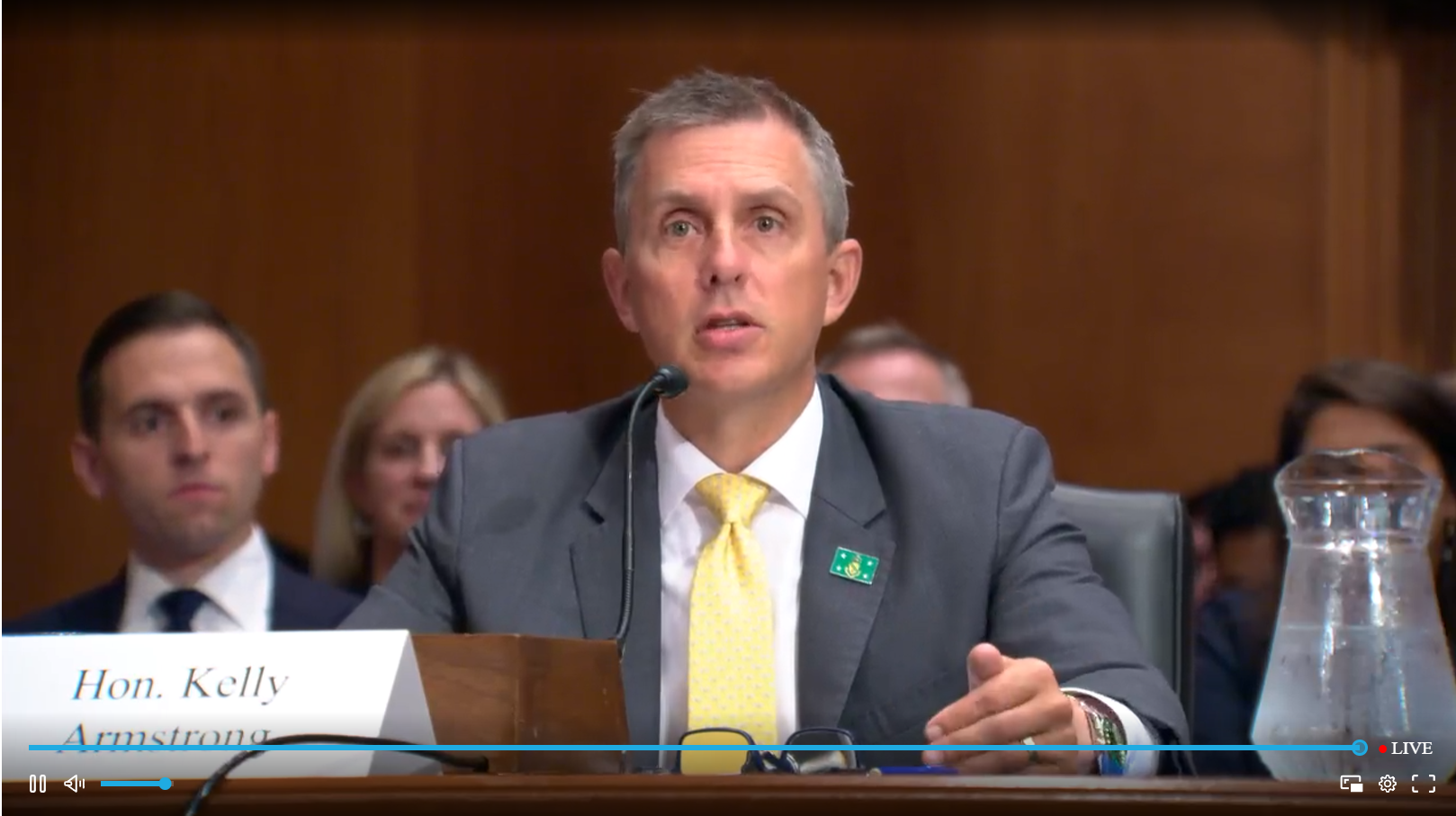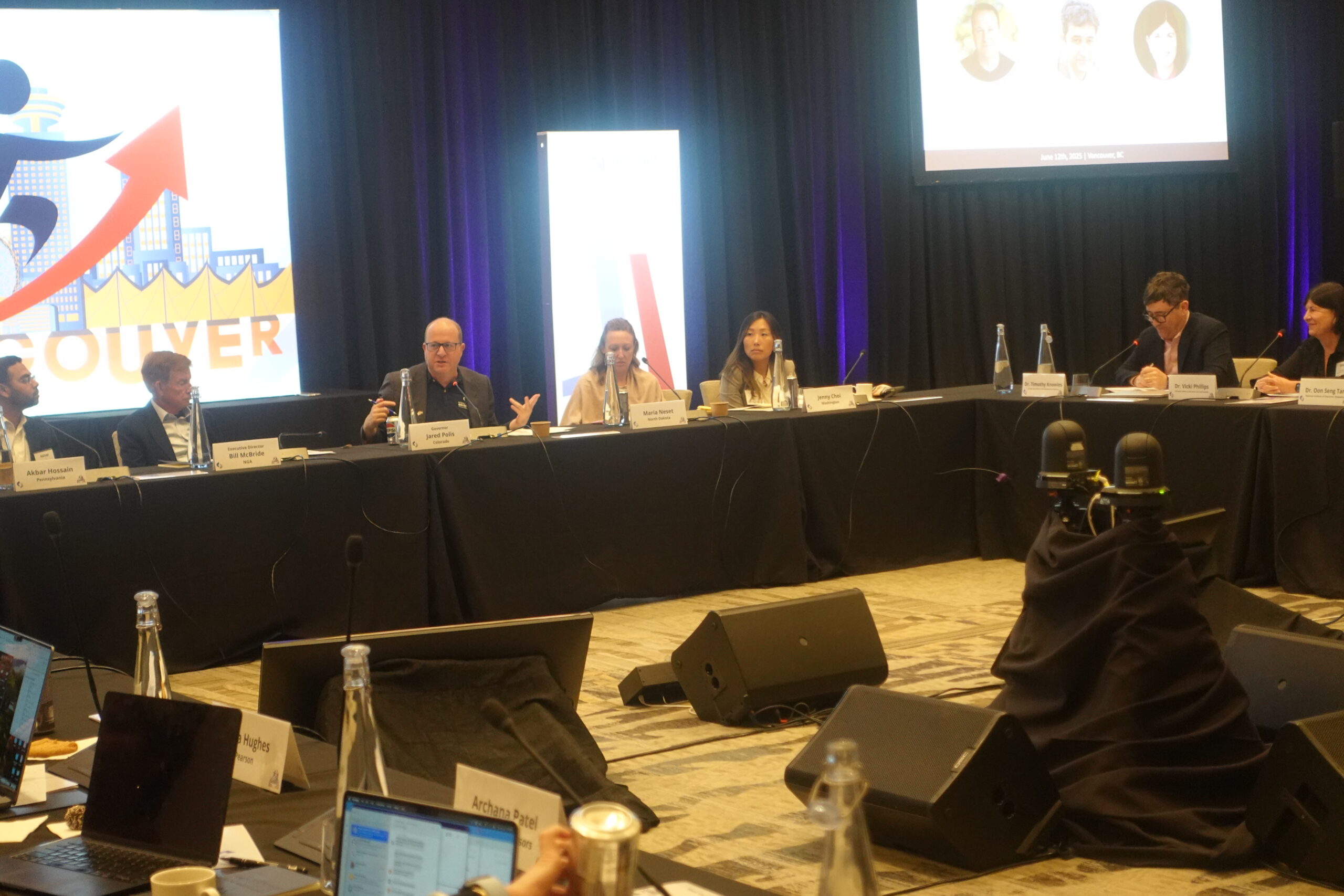On November 20th, the National Governors Association Children and Families team hosted the monthly meeting of the Human Services Policy Advisors Institute, with the Children’s Bureau on the Child & Family Services Review (CFSR) process.
Background
The Children’s Bureau (CB) conducts Child & Family Services Reviews (CFSRs) periodically to review state child welfare systems. These reviews are the federal governments’ main compliance and enforcement mechanism, but they also serve as a critical component for promoting a culture of continuous improvement. This dual-functionality can appear at odds nonetheless, and the results of the reviews can be difficult to translate to State leadership and staff who merely see continuously adverse performance evaluations.
A recording of the meeting is available here. Please contact the Children and Families team for the password to access the recording.
Speakers
- Jennifer Haight, Supervisory Children and Family Program Specialist, Administration for Children and Families
- Antonette Rollins, Supervisor, Child and Family Services Review, Administration for Children and Families
Takeaways
State & Territory Reflections
- The CFSR process takes a small sample size, and results are sometimes at odds with the data that state and territory leaders have available – which makes subsequent consequences/policy decisions difficult to translate and/or operationalize.
- Coordinated statewide improvement can be challenging, especially in state and territories that are state supervised and county administered rather than state administered, and in states’ undertaking place-based initiatives.
- Currently, the CFSR process is so labor-intensive, it does not leave much bandwidth for states to learn and explore initiatives and strategies that are successfully implemented in other states and territories
- National data is a helpful tool for demonstrating a state’s performance, in context with other states’ progress/performance, when communicating with state/territory leadership.
- Strategizing in framing the communications related to results of the CFSR is not be underestimated, as it can be critical to maintaining momentum on continuing to pursue system improvements: communicating that remediation is both necessary and expected can help temper expectations and reactions with stakeholders who are digesting the outcomes of the reviews.
Background on the CFSR Process
- Established by the 1994 Amendments to the Social Security Act, the CFSR process was created by the Children’s Bureau in 2000 in response to concerns over children languishing in foster care.
- Reviews aim to account for safety, permanency, and well-being, and to ensure states and territories are compliant in their application of federal requirements.
- The CFSR process assesses 7 outcomes and 7 systemic factors and includes a self-assessment by the state/territory, which is followed by a review by the Children’s Bureau.
- The state or territory must achieve a high level of substantial conformity to signal adherence to the law
- During the third round of the CFSR, for the 7 performance standards set by the Children’s Bureau,
- – 4 states achieved substantial conformity for the first factor;
- – 6 states achieved substantial conformity for the second factor; and
- – No states achieved substantial conformity for the other five factors.
- During the third round of the CFSR, for the 7 performance standards set by the Children’s Bureau,
- If a state does not meet the requirements, remediation entails entering into a performance improvement plan (PIP).
- The goal of the PIP is eliminating penalties and ensuring continuous performance improvement, not just compliance.
- “Continuous improvement” is operationalized to entail that remediation and successful completion of a PIP does not absolve or guarantee that the state will not require remediation in subsequent CFSR cycles.
- The Children’s Bureau provides technical assistance to states to develop, implement, and monitor PIP progress.
- Currently, Children’s Bureau is on Round 4 of CFSR compliance:
- The CFSR process is done in “rounds”, every 5 years, to ensure that states and territories are meeting changing standards, and to support continuous performance improvement.
- This also allows states and territories to focus on new challenges and periodically review their child welfare systems.
- After each cycle, the Children’s Bureau makes changes to the process by gathering feedback from stakeholders, including state agencies, service providers, and families. This helps the review process to become more inclusive and collaborative.












